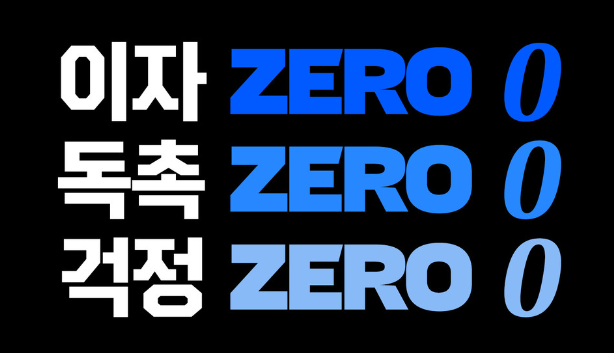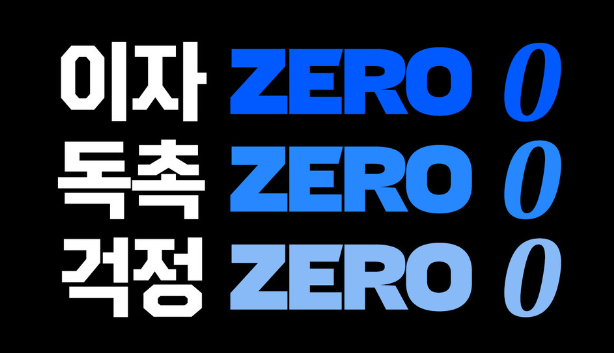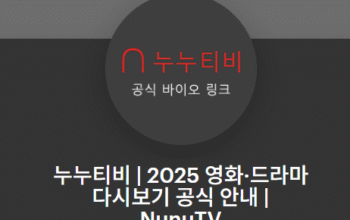In today’s financial climate, many individuals find themselves grappling with overwhelming debt. For these individuals, understanding the concept of 개인회생자격 is crucial. This term translates to “personal rehabilitation eligibility,” which refers to the criteria individuals must meet to qualify for personal rehabilitation in South Korea. In this article, we will explore the requirements and processes surrounding 개인회생자격, helping individuals navigate their options for financial relief.

Contents
What is 개인회생?
Before diving into 개인회생자격, it is essential to understand the broader concept of 개인회생. Personal rehabilitation is a legal procedure designed to provide financially distressed individuals an opportunity to restructure their debts and restore their financial standing. This system allows eligible individuals to repay a portion of their debt over a designated period, usually ranging from three to five years. Once the repayment period concludes, any remaining debts may be discharged, relieving individuals of their financial burdens.
Key Eligibility Criteria for 개인회생자격
To qualify for 개인회생, individuals must meet specific criteria, which primarily focus on their financial status and debt levels. The following are the essential qualifications to be aware of:
- Debt Threshold: One must have a certain level of unsecured debt, typically exceeding a specific amount. This usually includes credit card debts, personal loans, and other similar obligations.
- Income Requirement: Individuals must demonstrate sufficient income to make regular payments toward their debts. This is a critical factor that courts consider when determining eligibility. A steady source of income, such as a job or other consistent earnings, plays a vital role.
- Asset Evaluation: An evaluation of assets is conducted to determine whether an individual’s assets exceed potentially exempt limits. In essence, individuals cannot own excessively valuable properties or assets that could impede their ability to qualify for rehabilitation.
- Living Expenses: The court examines the living expenses of the individual to ascertain that they can manage their basic needs while still being able to make payments toward their debts.
- Credit History: Although a poor credit history is often a reason individuals seek personal rehabilitation, it is essential to note that individuals who have previously undergone personal rehabilitation may face additional scrutiny or restrictions on their eligibility.
Steps to Determine 자신의 개인회생자격 (Your Personal Rehabilitation Eligibility)
Understanding the steps involved in assessing 개인회생자격 can empower individuals to take the necessary actions:
- Initial Assessment: It is advisable to conduct an initial self-assessment to evaluate your current debt situation, income level, and assets. Gathering necessary documentation, such as income statements, debt statements, and asset evaluations, can provide valuable insights.
- Consultation with Experts: Engaging with financial advisors or legal professionals specializing in personal rehabilitation can offer tailored guidance. They can help assess your circumstances against the eligibility criteria and provide advice on the best path forward.
- Filing the Application: Should you determine that you qualify for personal rehabilitation, the next step involves filing an application with the appropriate court. This application must include all relevant financial documentation and a proposed repayment plan.
- Court Review: Once the application is submitted, a court will review the details. This assessment will involve verifying your eligibility against the established criteria and determining whether the proposed plan is feasible.



